In this endearing portrait, Wright has individualised the portrait by depicting the sitter’s character. The young woman is Margaret Catesby nee Samwell and she has been portrayed as the epitome of beauty and youth. The portrait was painted between circa 1660 to 1665, possibly at the time of her marriage in 1665.
When Margaret Samwell was born on 6 October 1640, her father, Sir Richard Samwell, 4th Baronet, of Upton, Northants (1613-1693) was 27 and her mother, Frances Wenman (1616-1677) was 24. Frances was the eldest daughter and co-heir of Sir Thomas Wenman (1596-1664) and granddaughter of Thomas Wenman, 2nd Viscount Wenman. The Samwell family were an ancient family from Cornwall. Sir William Samwell (1559–1628) was an Auditor of the Exchequer to Queen Elizabeth I of England who was knighted at the coronation of King James I of England in 1603. It has been documented that there were portraits at the Samwell family seat, Upton Hall, of both Thomas Catesby and Margaret Catesby, both by Sir Peter Lely.
In 1665, Margaret married Thomas Catesby of Whiston and Ecton, Northants (1632-1699). This marriage produced many children but they all died young except Mary Catesby (1673- 3 Nov 1734), who in 1686 married Henry Paget, 1st Earl of Uxbridge (1663-1743), and Elizabeth Catesby (baptised 23 May 1673 at Ecton, Northamptonshire), who married Ralph Freeman of Aspeden Hertfordshire.
Thomas and Margaret lived at the Catesby family seat, Ecton Hall (Northamptonshire), which is a spectacular Grade II Listed building. It is believed to have been in the hands of just three families since the Norman Conquest. The first recorded owner of the main manor, in the Domesday survey, was Bondi; he was succeeded by Henry de Ferrers. Ownership descended through the Duchy of Lancaster to the Montgomery family. In 1574 it was sold to the Catesby family. Upon the death of our sitter’s husband in 1699, Thomas Catesby, it descended to his daughter Elizabeth, who married Ralph Freeman, of Aspeden. In 1712, for only the second time since Domesday, the estate was sold to Thomas Isted. Through the marriage of Mary Isted to William Sotheby, in 1780, the property eventually passed to the Sotheby family in 1881.
The Catesby family also resided at Ashby St Ledgers (Northamptonshire) for 235 years from 1375-1611. It is here, in 1605, the year of the Gunpowder Plot, that Catesby and fellow conspirators congregate in the Plot Room to conspire against King James I. On November 5th the plot fails and Catesby and entourage briefly return to Ashby St Ledgers in flight. The Catesby’s also resided at the manor at Whiston (Northamptonshire), from as early as 1486, when Sir John Catesby was Justice of the Common Pleas.
An interesting fact is that Thomas employed Benjamin Franklin’s uncle Thomas Franklin as his land agent and surveyor. Like the Franklins, Thomas Catesby was a staunch Whig by way of his politics.
Thomas died in 1699 leaving Margaret a widow at 59 years of age. Margaret died on 12 January 1727 in Whiston, Northamptonshire, having lived a long life of 86 years. She was interred on the 19th with a sermon preached by William Bisset, Rector at Whiston in the Catesby family church of St. Mary The Virgin, Whiston. There is an elaborate marble monument with busts of both Thomas and Margaret there (see photos).
The Catesby family of circa 1340–1505 were gentry and came originally from a tenant family of Flecknoe, east Warwickshire. The land acquisitions of William Catesby (d. 1383) and his son John Catesby (d. 1404/5) started its rise into the front rank of local families. However, William Catesby (d. 1485), the notorious servant of Richard III, took the family to its greatest political heights and almost to destruction and later, the involvement of Robert Catesby in the famous Gunpowder Plot, and his consequent forfeiture, brought ruin upon the family and confiscation of property. Because of this confiscation, the Catesby records came into crown hands, which is why so many of them survive; in fact, the estate accounts are unusually good for a fifteenth-century gentry family. They reveal the Catesby’s as painstaking managers and exploiters, who developed a centralised accounting and purchase system, especially as the properties became more widespread, and paid careful attention to the rentier side of the economy. But what differentiates them from most of the middling and upper gentry in the fifteenth century was their exploitation of the commercial possibilities of livestock farming well before the pastoral boom at the end of the century.
The portrait is presented in a fine hand carved and gilded antique frame.
John Michael Wright was one of the most successful native English artists of the seventeenth century, and, along with earlier contemporaries such as Robert Walker and William Dobson, was one of only a handful to find favour amongst the top echelons of society. He introduced a rather Italian flavour into British painting, unlike all the other portrait painters in second half of the century. When placed next to Lely’s work, for example, Wright’s lively and realistic characterisations tend to reinforce Pepys’s critique that Lely’s portraits were ‘good but not like’ and Pepys’s comment in 1662, upon leaving Lely’s studio and visiting Wright’s, states the contrast between the two: “[from] Mr Lillys… Thence to Wrights the painter’s, but Lord, the difference that is between their two works’.
This highly original portrait is notable for being quite unlike the majority of English portraits of the period. No other English artist before Wright had travelled and studied so extensively on the continent. During his more than ten years in Rome, and practise of painting in France and ‘other parts’ presumably the Netherlands, Wright had furnished himself with a variety of experience far wider than that of any painter working in Britain during the second half of the 17th century – this experience affords his pictures with an international flair. Most of his sitters conform to no fashionable facial type but have features that are strongly and skilfully individualised. Even his choice of colour, higher and cooler in tone in its blues and pinks, is different from Lely’s usually warmer range of apricot, cinnamon, chocolate and russet. The woman in his portraits who were mostly outside court circles reflect a more traditional female demeanour of quiet and submissive modesty. The difference between the two artists was taste but also evidence of their different clients. Lely often produced a stereotype of female beauty, where Wright was more
It is somewhat ironic that until relatively recently scholars knew little of Wright’s life, and even referred to him incorrectly as ‘Joseph’ Wright. Countless works suffered the indignity of being miscatalogued some of which are only recently being identified correctly.
Wright’s convincing individuality and success as an artist is in part due to his diverse artistic background and training. Born in London, he first trained in Edinburgh as an apprentice to George Jamesone who had achieved considerable fame and whose work was by no means inferior to the English-born painters working in London. In the early 1640’s he settled in Rome where he studied and acquainted himself with some of the best painters there. In 1648, he became a member of the Academy of St Luke alongside other important artists such as Poussin and Velasquez. In 1656 he returned to London and two years later, in 1658, a publication refers to him as one of the best artists in England.
Held in an exquisite gilded antique frame.
Provenance: From the sitter at Ecton Hall and by descent through the Catesby family
Measurements: Height 97cm, Width 78cm framed (Height 38”, Width 30.75” framed)



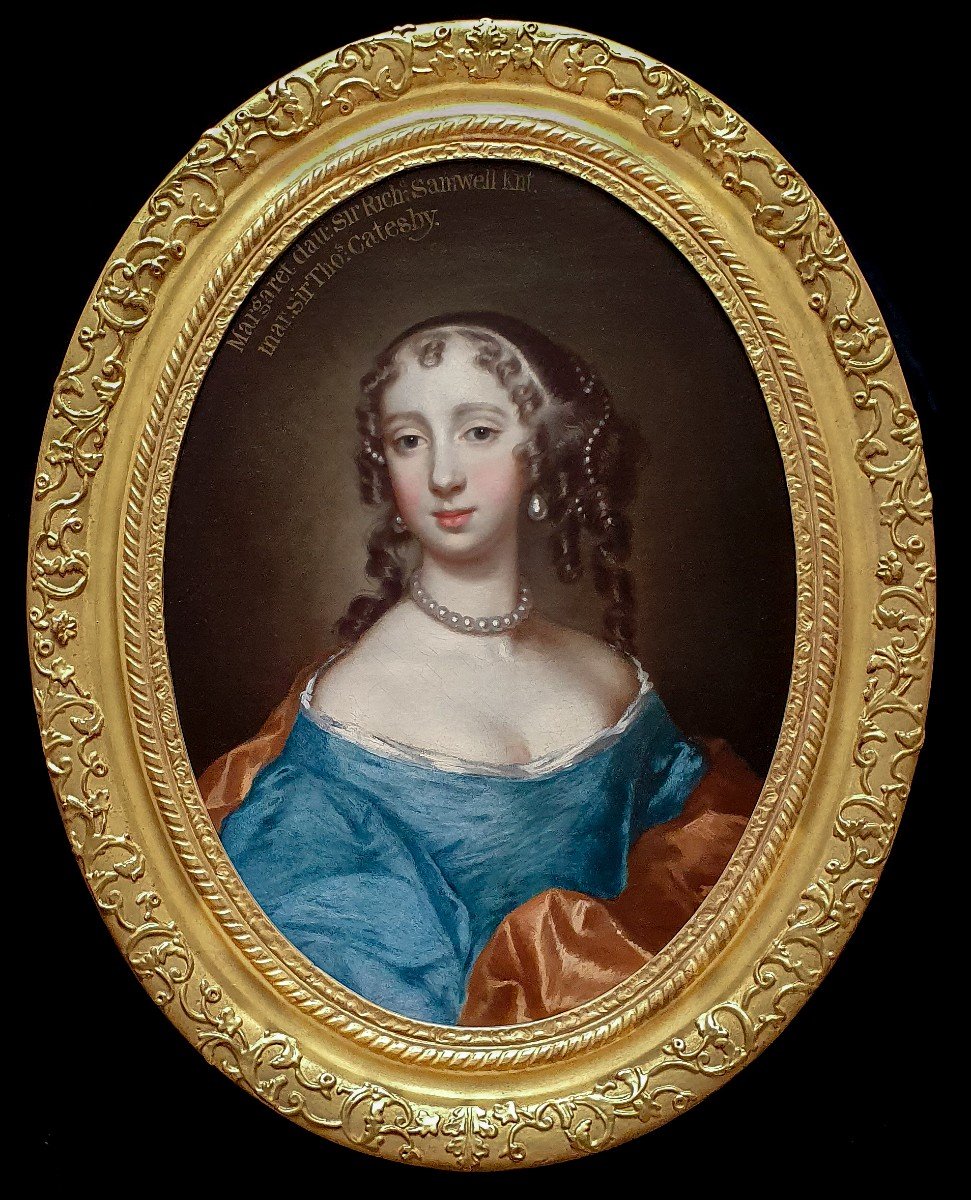
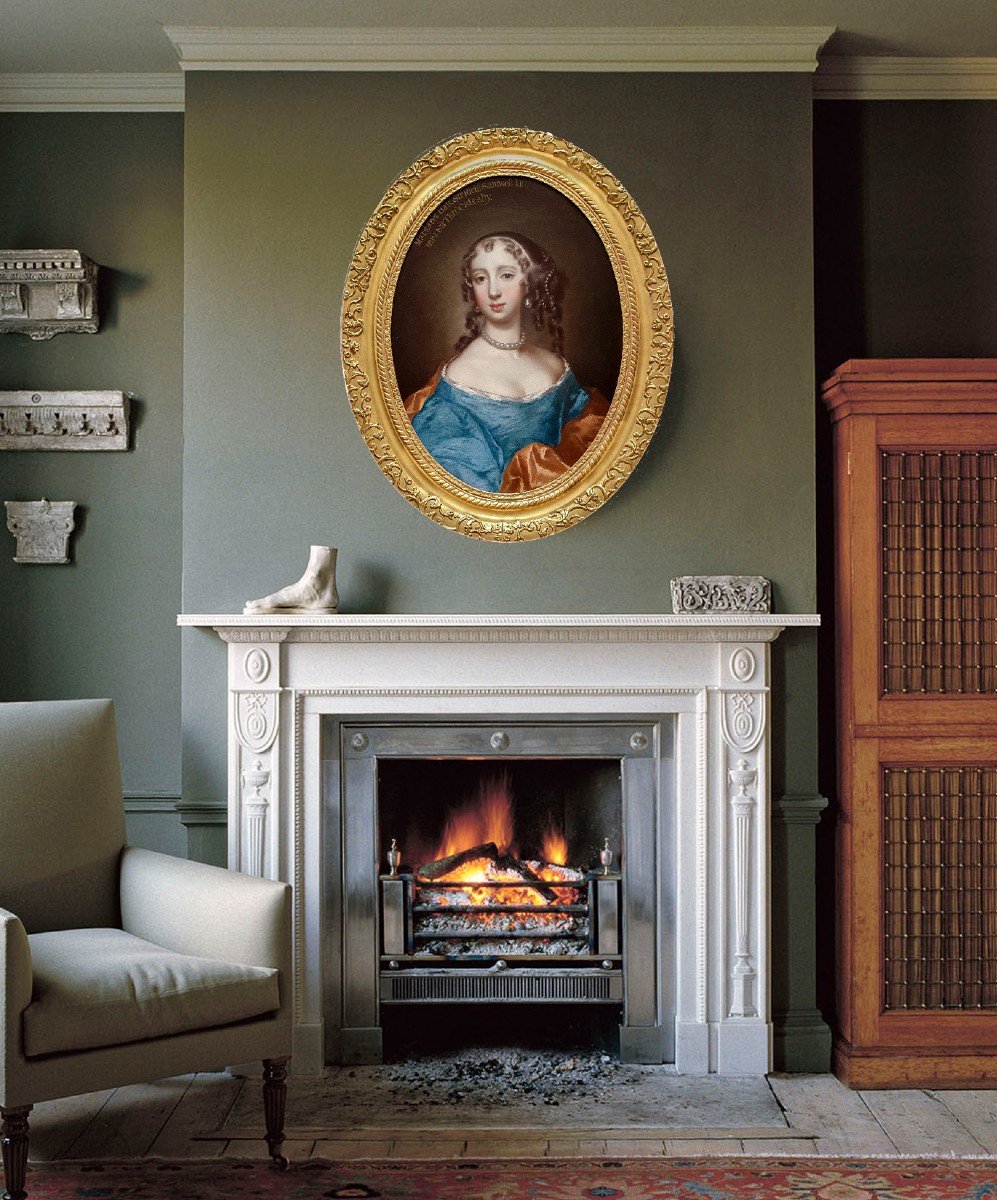
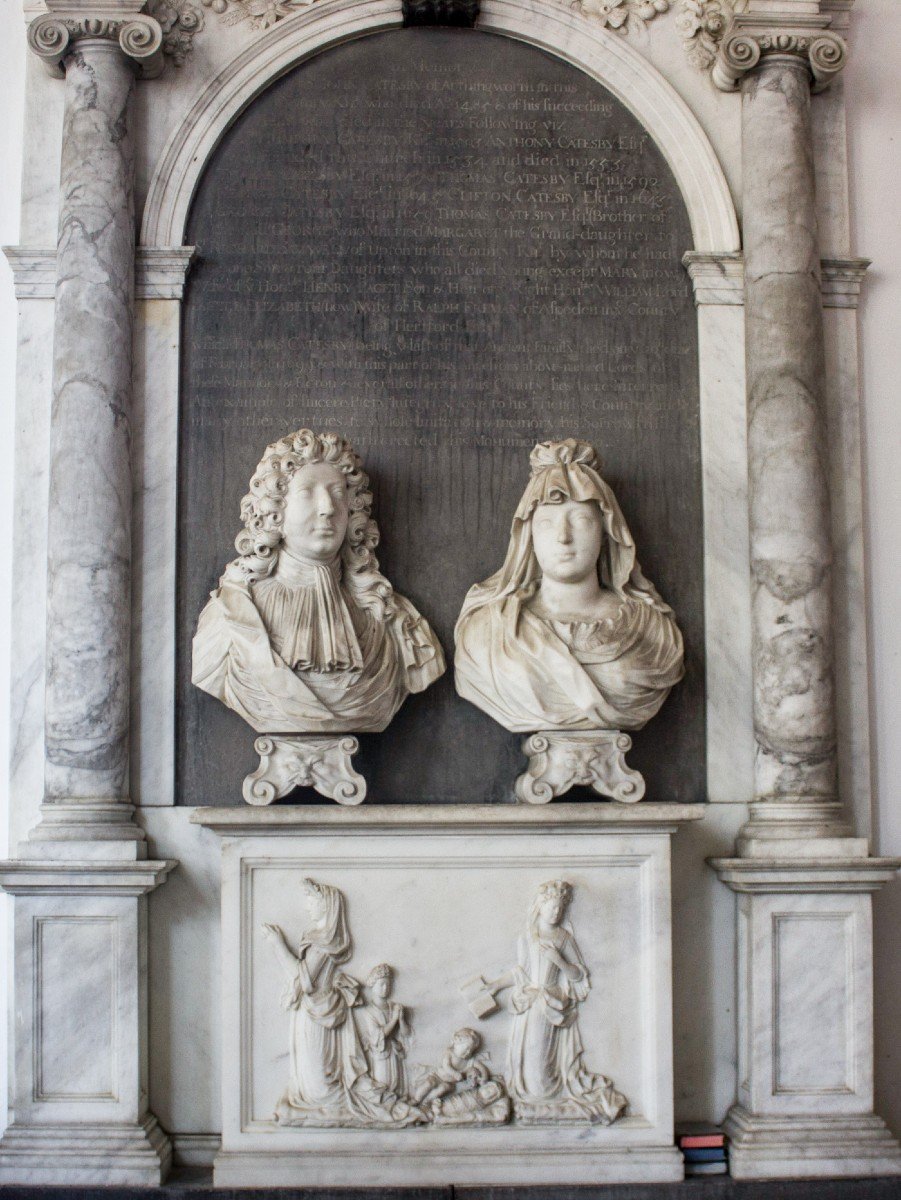
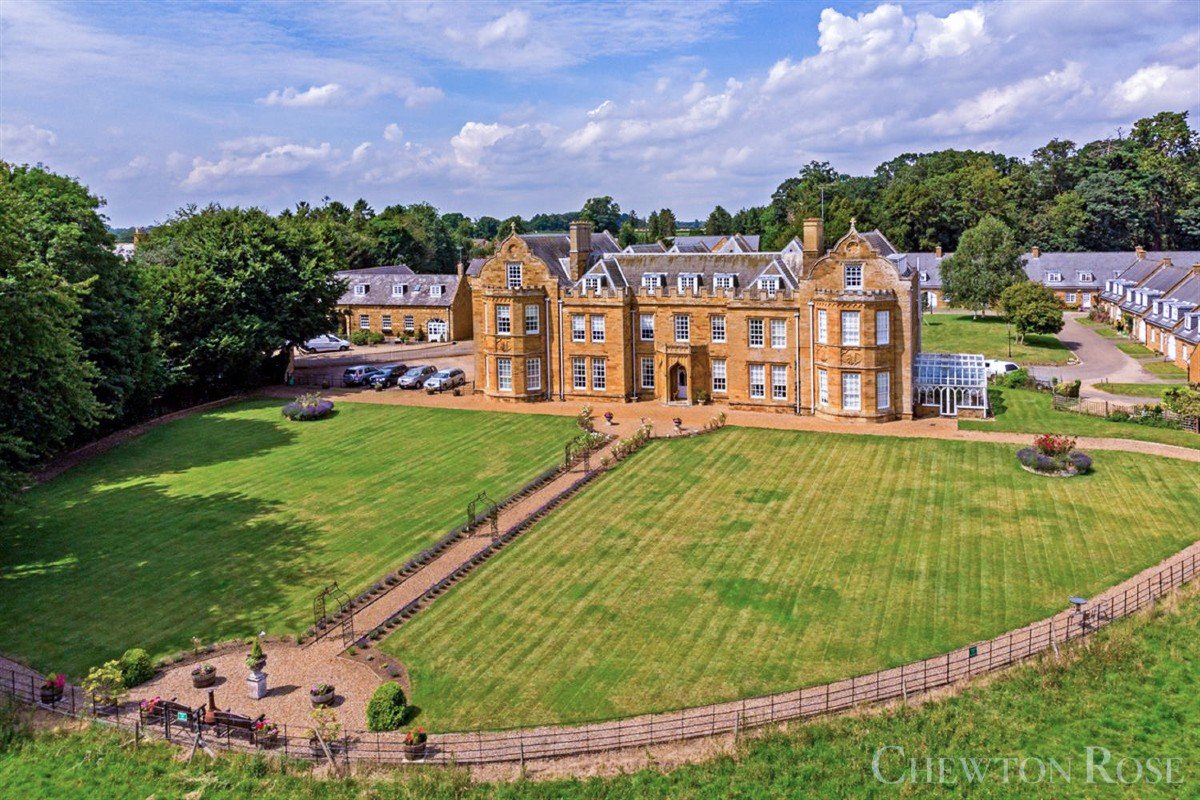
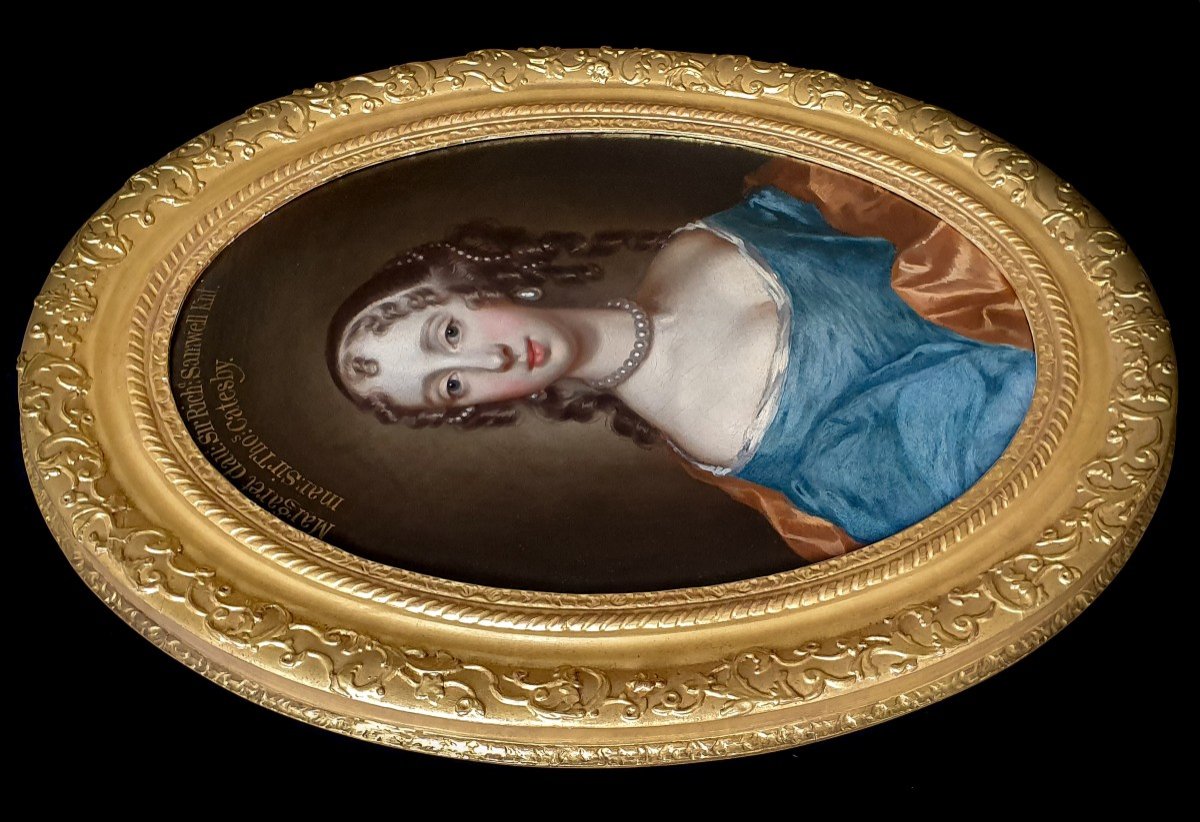
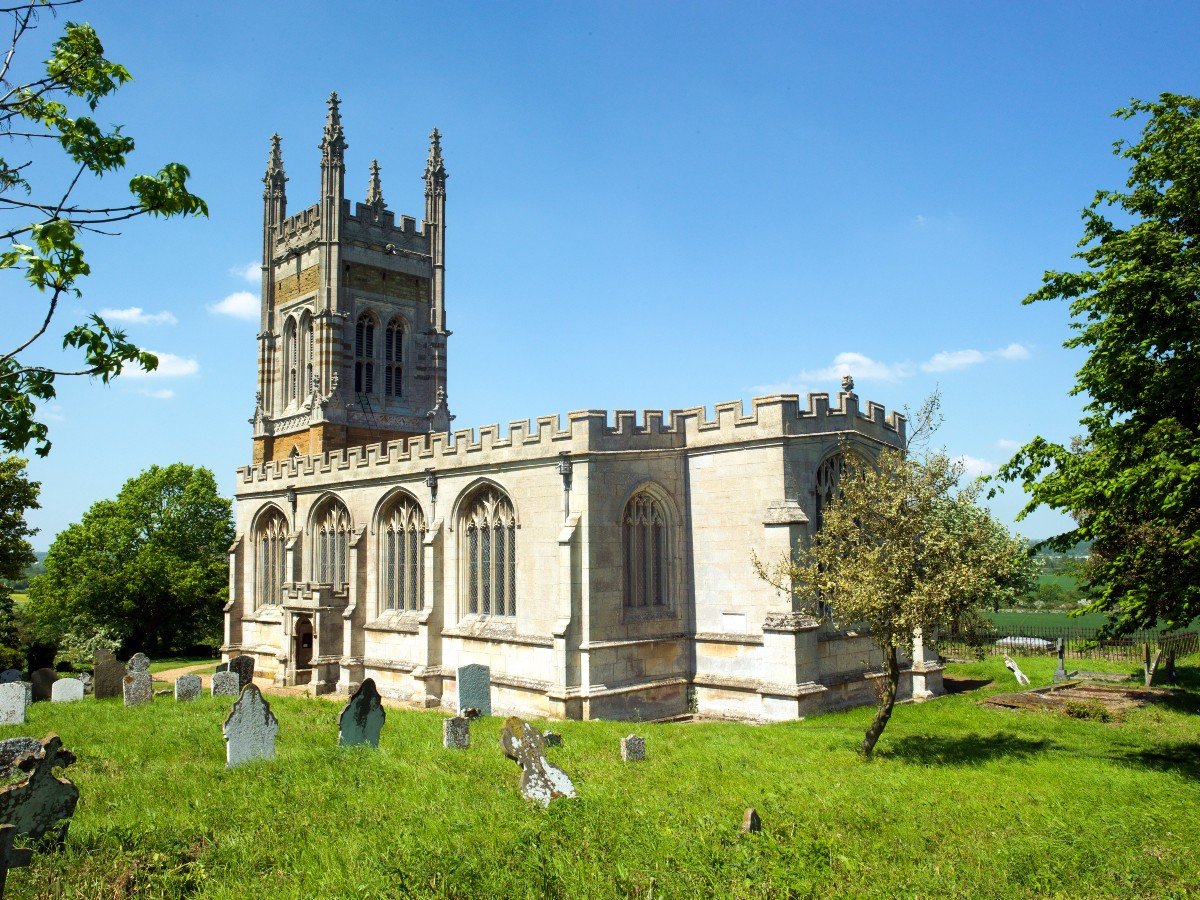











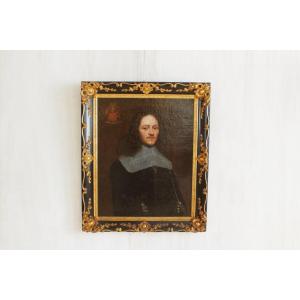
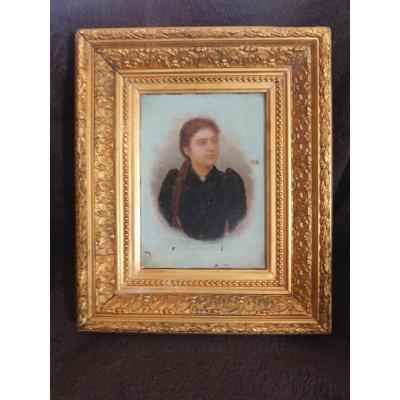




 Le Magazine de PROANTIC
Le Magazine de PROANTIC TRÉSORS Magazine
TRÉSORS Magazine Rivista Artiquariato
Rivista Artiquariato
